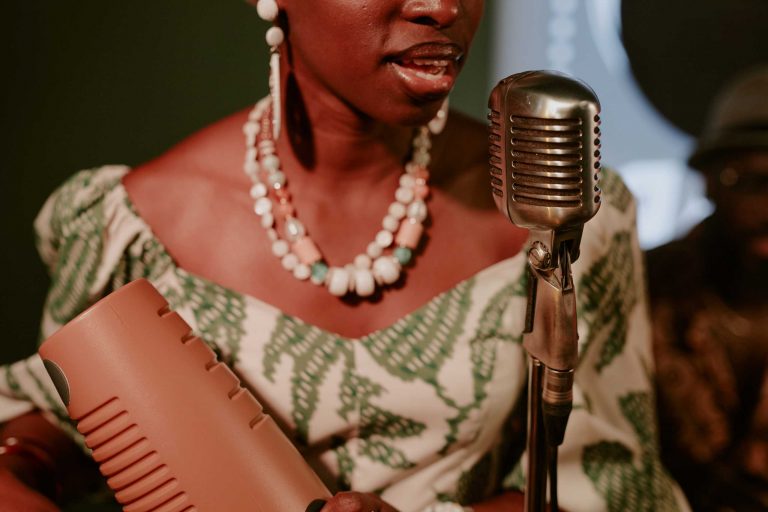How to Start Singing Jazz: A Beginner’s Guide
Jazz might sound effortless when you hear it — that smooth vocal glide, the playful timing, the deep emotional pull — but stepping into jazz as a beginner can feel overwhelming. Where do you start when there are no strict rules, no single way to sing a song, and no universal path?
The answer: you start with listening, feeling, and exploring. Jazz is less about following a method and more about learning how to shape your own.
Here’s how you can begin.
1. Listen Like an Artist, Not Just a Fan
Before you sing, you need to absorb. Listening is the foundation of jazz learning — not casually, but intentionally.
Choose legendary voices like Sarah Vaughan, Carmen McRae, or Gregory Porter. Don’t just enjoy the songs — study them.
Ask yourself:
– How does the singer interpret each phrase?
– Where do they place emphasis?
– How do they approach rhythm and space?
Try listening to the same song performed by different artists. You’ll start to notice how much variety and freedom jazz truly allows.
2. Pick One Standard and Dive In
You don’t need to know fifty jazz songs to begin. One is enough — as long as you dive deep. Choose a classic like “Autumn Leaves” or “My Funny Valentine”. Start by learning the melody and lyrics accurately, with clear pitch and rhythm.
Then, slowly, allow yourself to play with it:
- Change the phrasing slightly.
- Emphasize a different word.
- Add a pause or extend a note.
It’s in this subtle exploration that your jazz voice begins to take shape.
3. Understand the Role of Improvisation
Improvisation may feel intimidating at first — but remember, it’s not about showing off. It’s about reacting to the moment.
Start small:
- Alter one phrase each time you sing the chorus.
- Try scatting a single line using simple sounds.
- Sing along with an instrumental version and add your own interpretation.
Improvisation grows with practice and trust. You don’t need to be wild — you just need to be present.
4. Focus on Tone and Emotion, Not Just Technique
Yes, pitch matters. So does breath control. But in jazz, what you feel is just as important as what you sing. Work on making your voice expressive:
- Sing softly, then boldly.
- Try singing with different emotions — tenderness, longing, joy, defiance.
- Let your voice tremble, stretch, or fall when the lyric calls for it.
Jazz vocals live in the emotional space between the notes — that’s where your artistry lies.
5. Join a Community or Find a Mentor
Jazz was never meant to be learned in isolation. It’s a conversation — between musicians, between voices, between eras.
Joining a vocal class, like those at Jazzoral, can give you the guidance, structure, and support to grow faster and deeper. It’s not just about technical skill — it’s about learning to listen, respond, and be musically alive.
Final Thought
Starting to sing jazz is like stepping onto an unmarked trail. You don’t know exactly where it leads — but every step teaches you something.
And if you stay open, curious, and honest in your voice…
…you’ll find yourself singing in a language older than rules and deeper than words.




